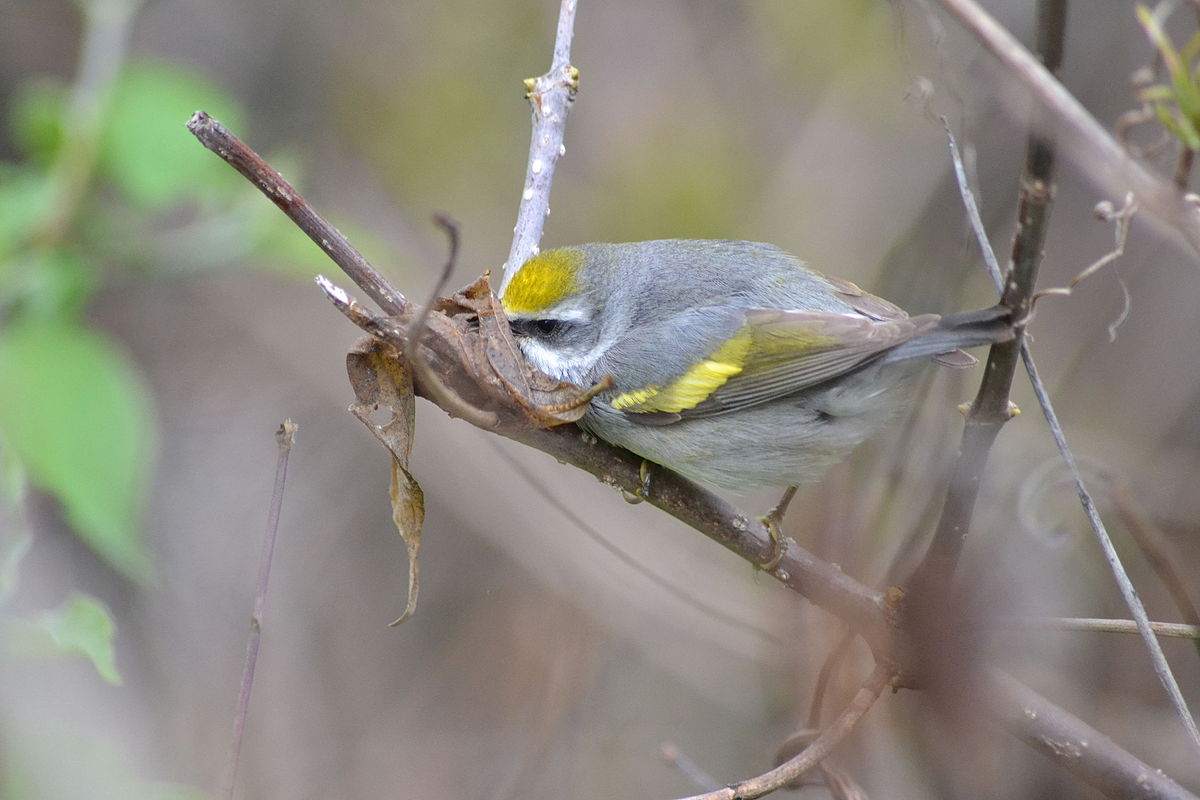Offer
Provide additional details about the offer you're running.
Provide additional details about the offer you're running.
Provide additional details about the offer you're running.

Here at the Gilligallou Bird, we have a soft spot for warblers and always enjoy the opportunity to spot one of these beautiful species of birds. The dramatically beautiful Golden-Winged Warbler is no exception considering the recent decline in their numbers over the past 45 years.
During the breeding season, these colorful warblers can typically be found in the northeastern United States and southern Canada, primarily in Ontario. The state of Minnesota is said to maintain the highest number of Golden-Winged Warblers at the present time, but you can increase your chances of a sighting by looking in dense and shrubby forested areas and wet thickets. These songbirds will soon call the tropical locales of Central America their home, where they will be found residing in open woodlands and shade-coffee plantations during the winter months.
These small songbirds measure around 11.6cm (4.6”) in length and can weigh anywhere between 8-10 grams. The adult male bears a striking silver-gray plumage marked with strong black and white facial markings. Their wings, just as you would expect, carry large, vibrant yellow patches with a long and slender bill. The female sex has a close resemblance to the colouring of the male, but do not sport the black mask and bib seen in the males of the species. The species forms two unique hybrids with the Blue-Winged Warbler where their ranges tend to overlap. The common Brewster’s Warbler and the lesser-seen Lawrence’s Warbler.
The song of this beautiful warbler is made up of a two-part song, beginning with a long note on a higher pitch, and followed up with between three and six shorter, lower notes. During courtship, you will often hear both the males and females give quick “zip” kind of notes to each other, and a longer “zeee” note to their young as they leave the nest.
High Quality Blend